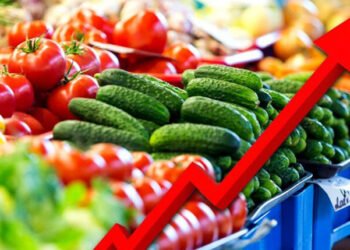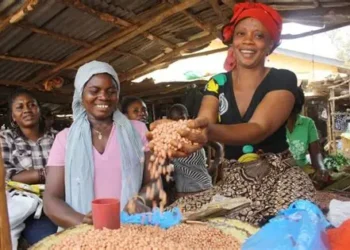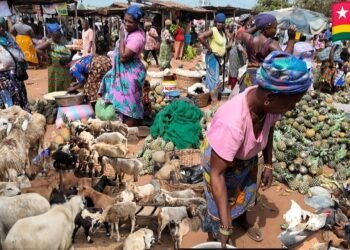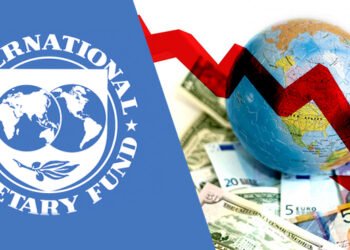The Northern and Upper West (UW) regions have ended Greater Accra’s persistent record of highest inflation rates for sixteen consecutive months in July 2021. According to data provided by the Ghana Statistical Service (GSS), Northern and Upper West regions recorded overall inflation rates of 13.5% and 13.8% respectively last month. This compares to rates of 11.0% and 10.6% respectively recorded in June.
The region home to the national capital, Accra, however, recorded an overall inflation rate of 11.7% in July 2021. This is lower than the 12.5% recorded in June.
Even though the two regions up north have ended Greater Accra’s record as the region with the highest cost of living in the country, all the three regions recorded inflation rates above the national average of 9.0% in July.
Food Inflation
Food prices were the major driver of inflation in the Northern and Upper West regions in July. These two regions recorded food inflation rates higher than Greater Accra. This contradicts claims by the Deputy Agriculture Minister, Hon. Yaw Frimpong Addo, that if rainfall had not been substantial in the northern part of Ghana, the food situation would have been worse than it is now. If indeed rainfall was substantial, why were food prices high?
Specifically, Upper West region recorded food inflation rate of 20.3% in July as compared to 14.8% in June 2021. Likewise, the Northern region recorded a bizarre hike in food inflation of 20.5% in July relative to 16.2% recorded in June. On the other hand, Greater Accra’s food inflation was 9.5% in July, lower than the 9.9% recorded in June.

The major drivers of food inflation in the Northern region in July were Cereal Products and vegetables. These sub-groups recorded inflation rates of 34.9% and 30.0% respectively. This could possibly be as a result of the shortages of some cereal products especially maize since the second half of 2020. For vegetables, over dependence on rain to ensure continues supply during the lean season may be a factor.
Non-Food Inflation
Despite recording high inflation rates in July, the Northern and Upper West regions recorded lower rates of Non-Food Inflation relative to Greater Accra. Notably, Greater Accra recorded the highest Non-Food inflation among the ten regions with a rate of 13.4% in July. This compares to the Northern and Upper West regions with rates of 8.5% and 6.8% respectively.
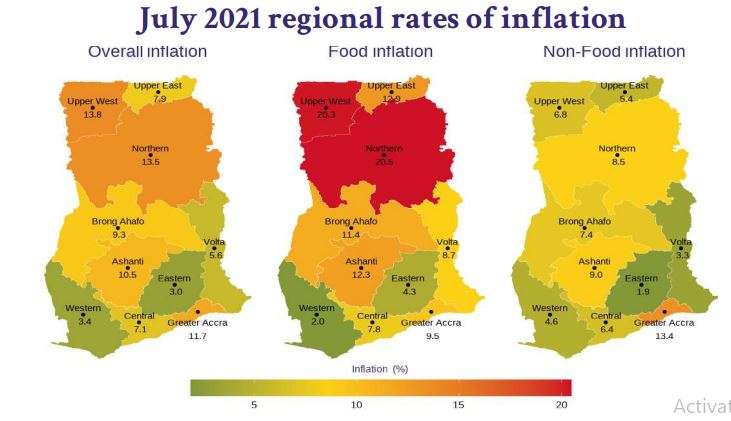
Overall, the contribution of food to total inflation picked up in the month of July, rising by a 2.2 percentage point to 9.5%. Correspondingly, food’s contribution to overall inflation rose to 47.0% in July from 41.8% in June.
Price hikes in July
Moreover, July generally recorded higher average prices relative to June. This forced inflation to rise from 7.8% to 9.0% in the first month of the second half. According to the GSS, Food and Non-alcoholic Beverages, Housing, Water, Electricity & Gas, and Transport were the major drivers of prices in July. Cumulatively, the four (4) components contributed more than three-quarters of the rate of inflation recorded in July 2021.
Of major concern regarding price movements in the country is that inflation for locally produced items continues its dominance over inflation for imported items. The gap between the two continues to widen. This means that locally produced goods remain uncompetitive relative to foreign goods. This could partly reflect the hike in cost of utility as shown by the data from the GSS for the month of July. Should this continue unabated, the call to patronize made in Ghana goods will remain an illusion.
READ ALSO: Inflation rises for the second consecutive month to 9.0% in July 2021




